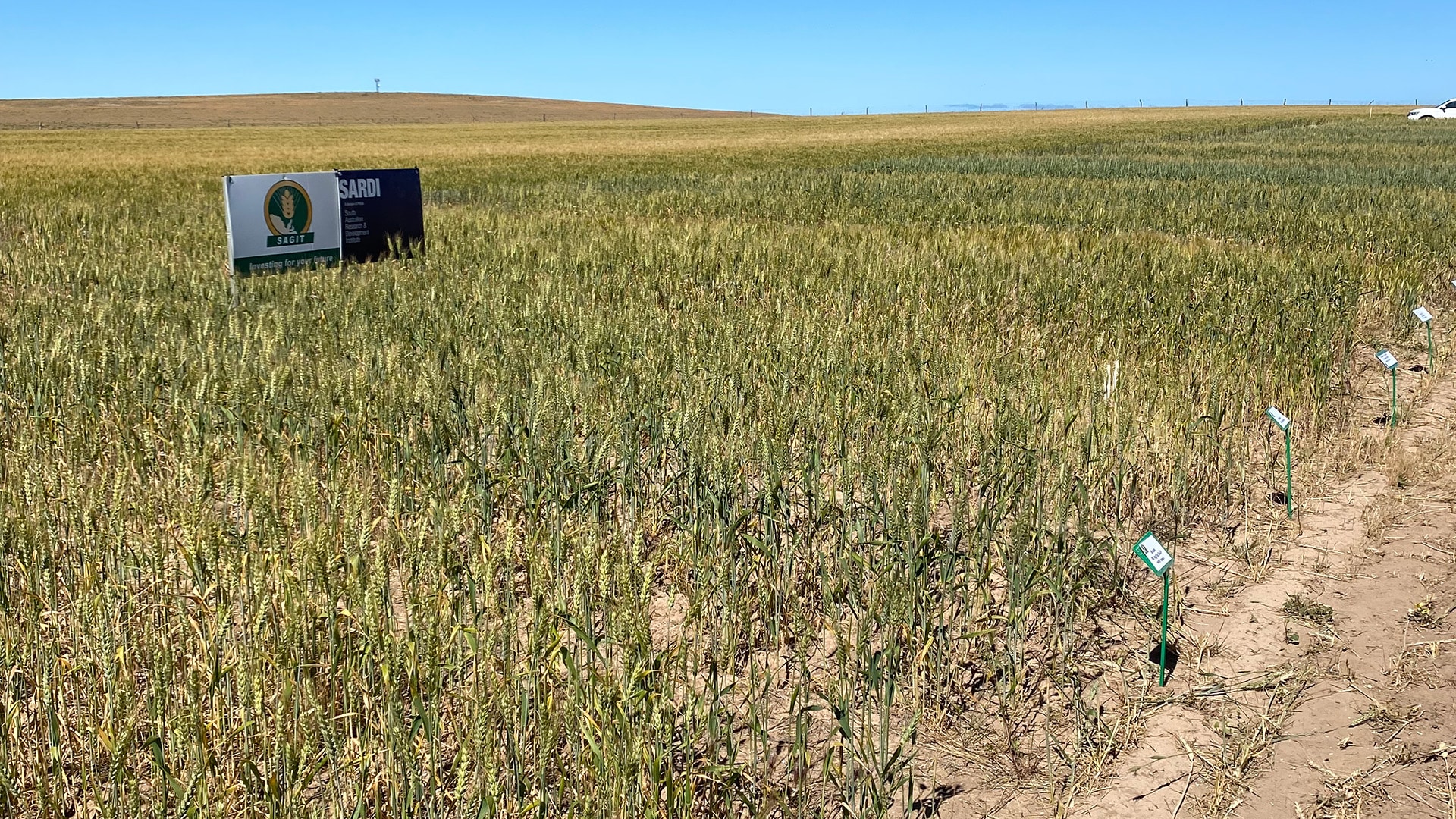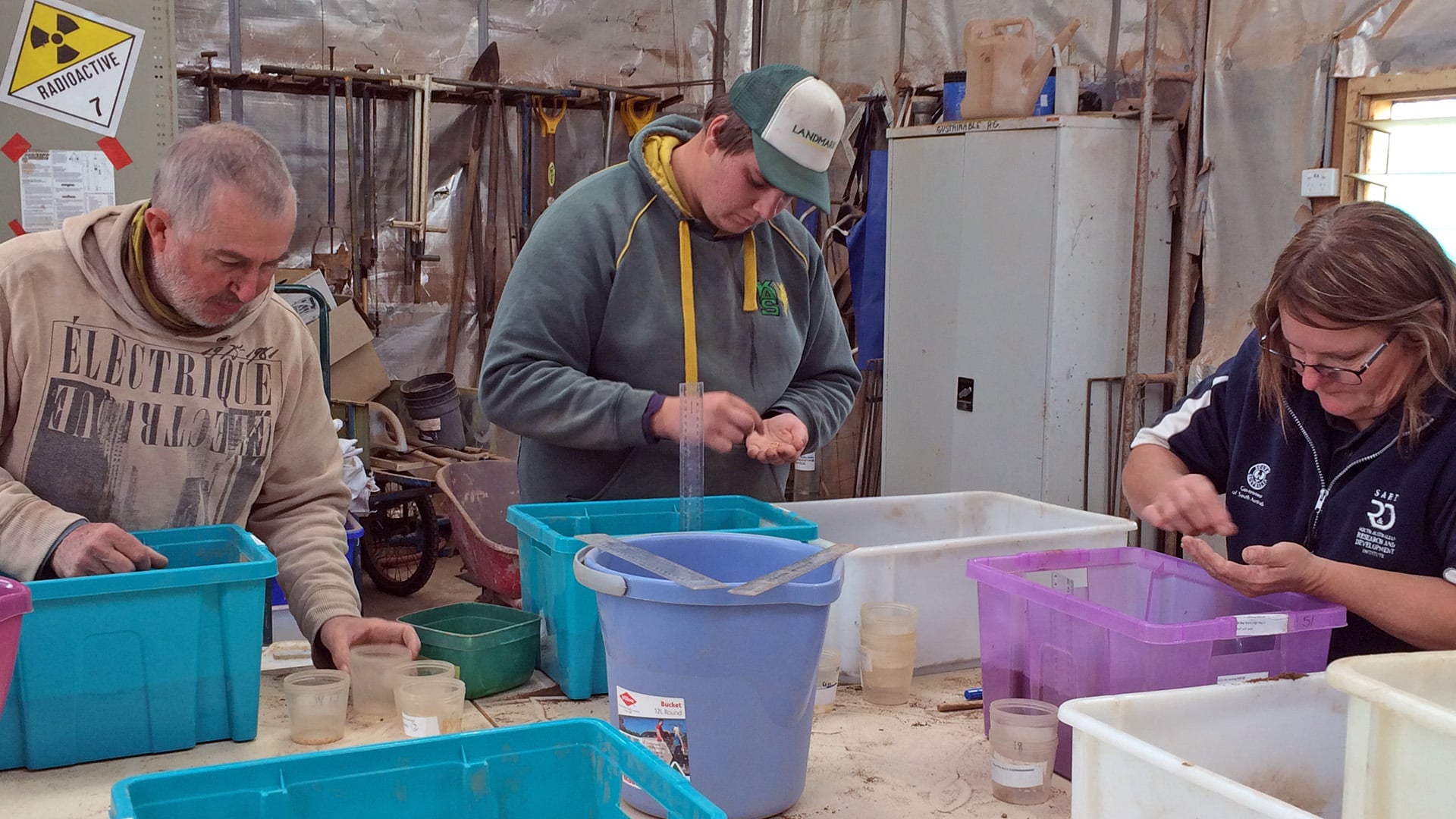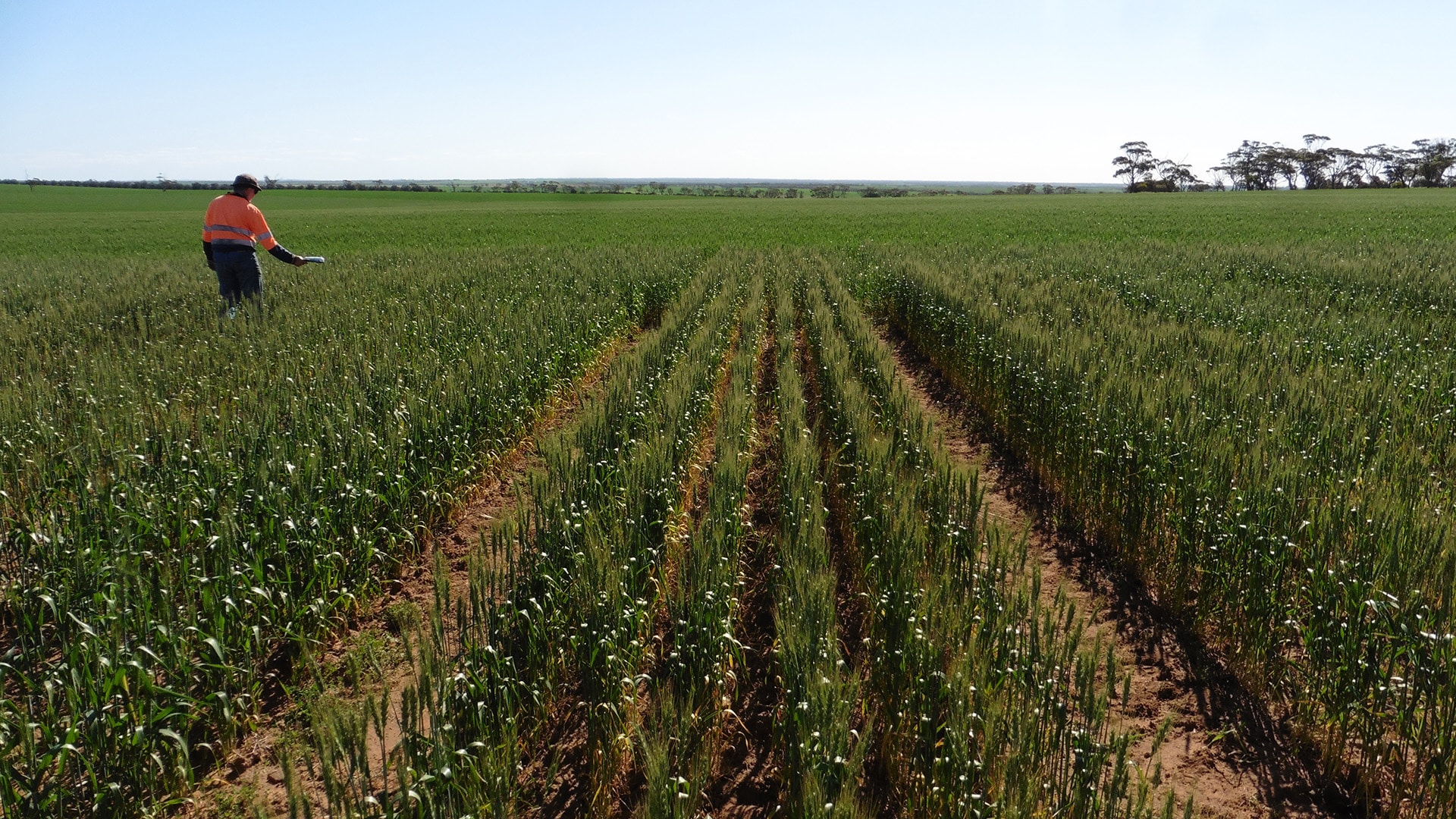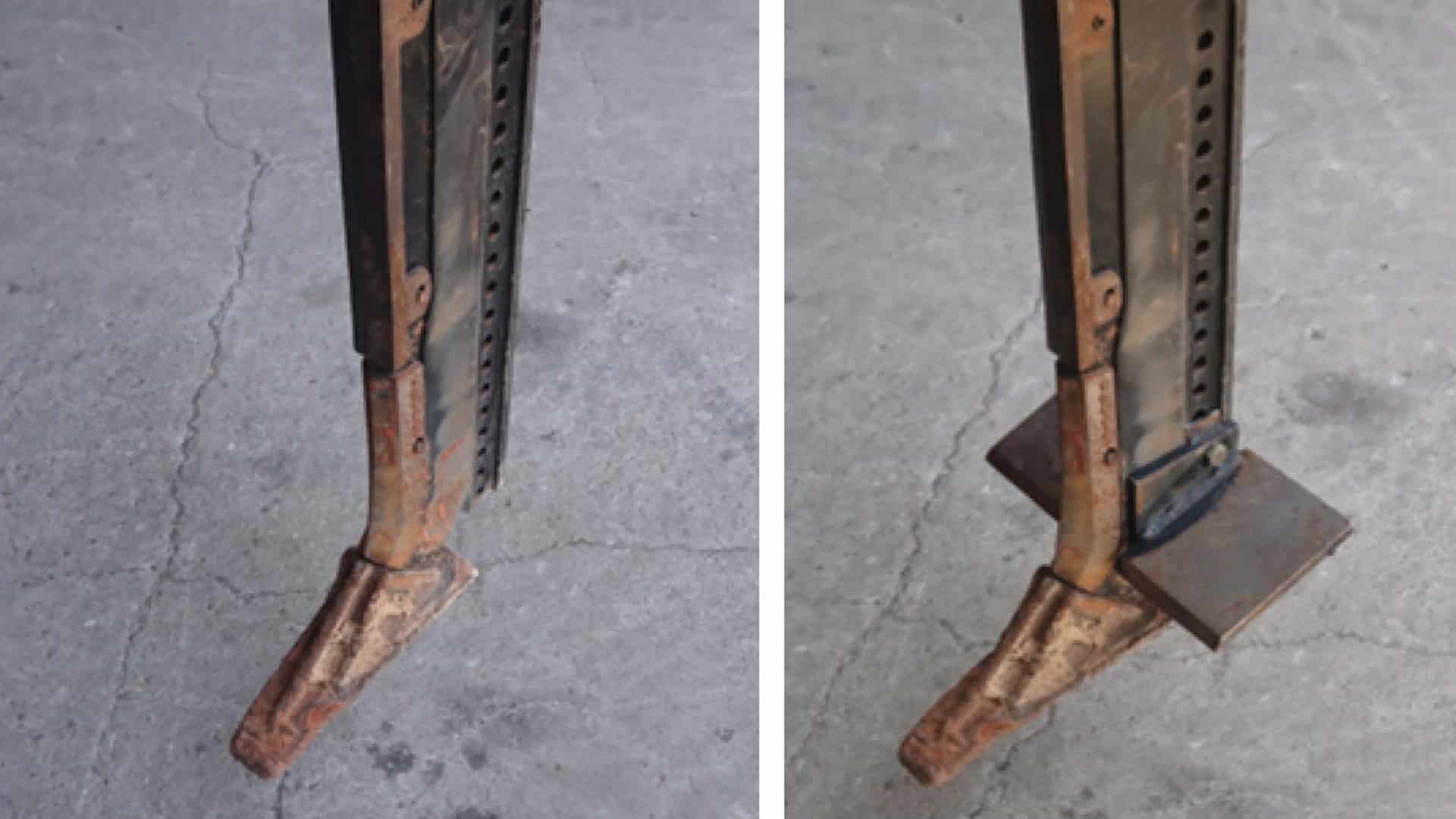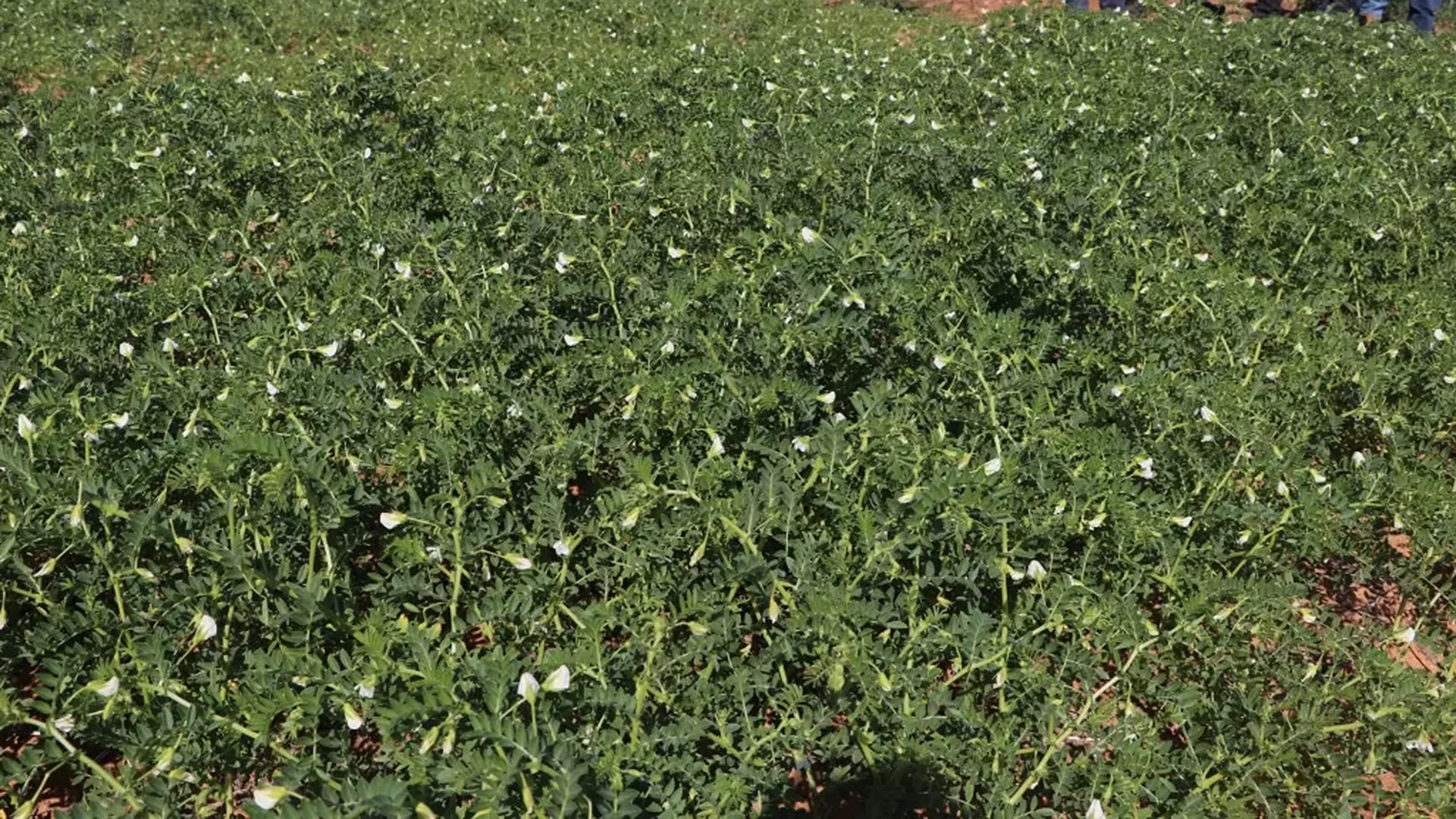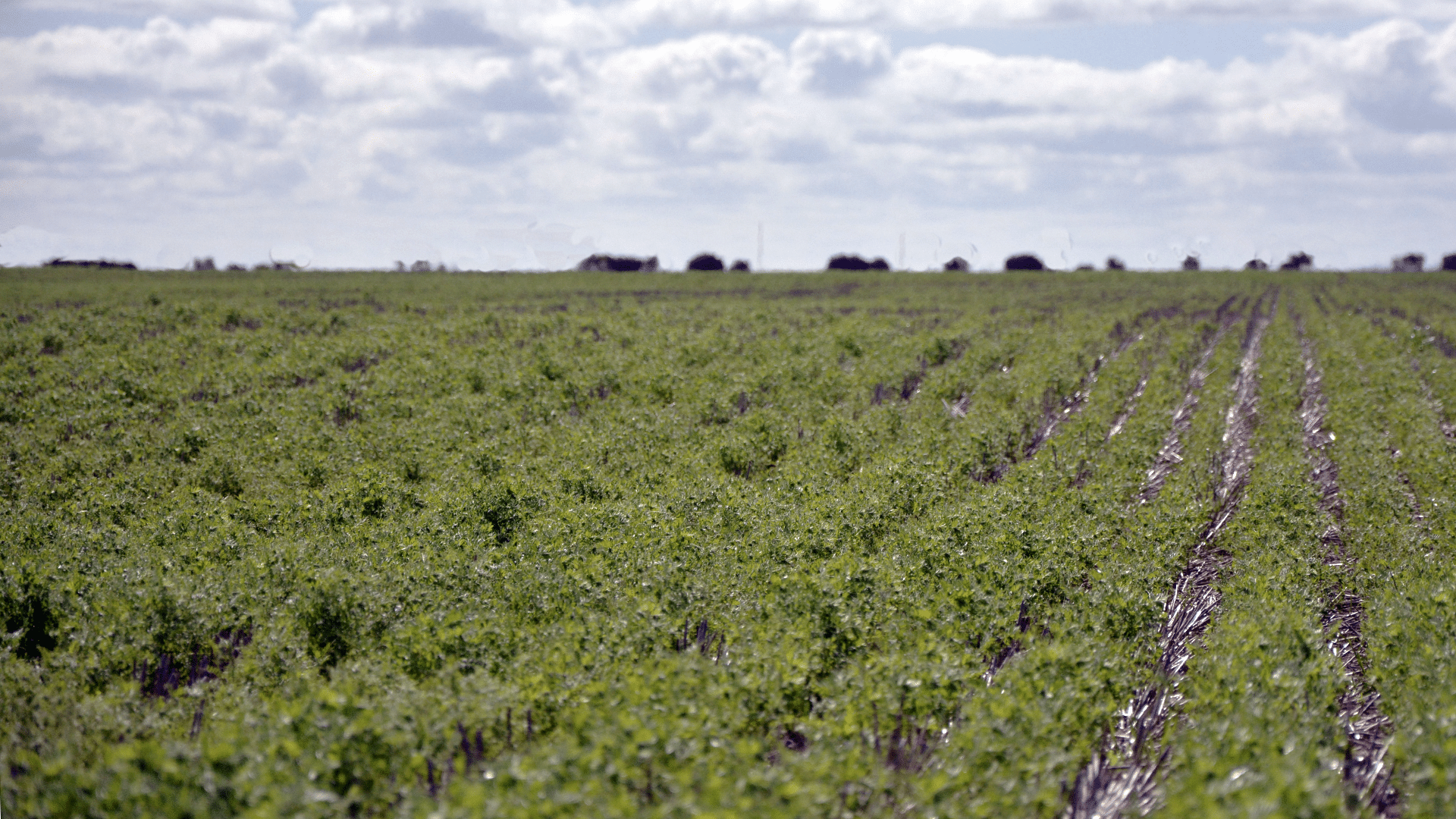START
FINISH
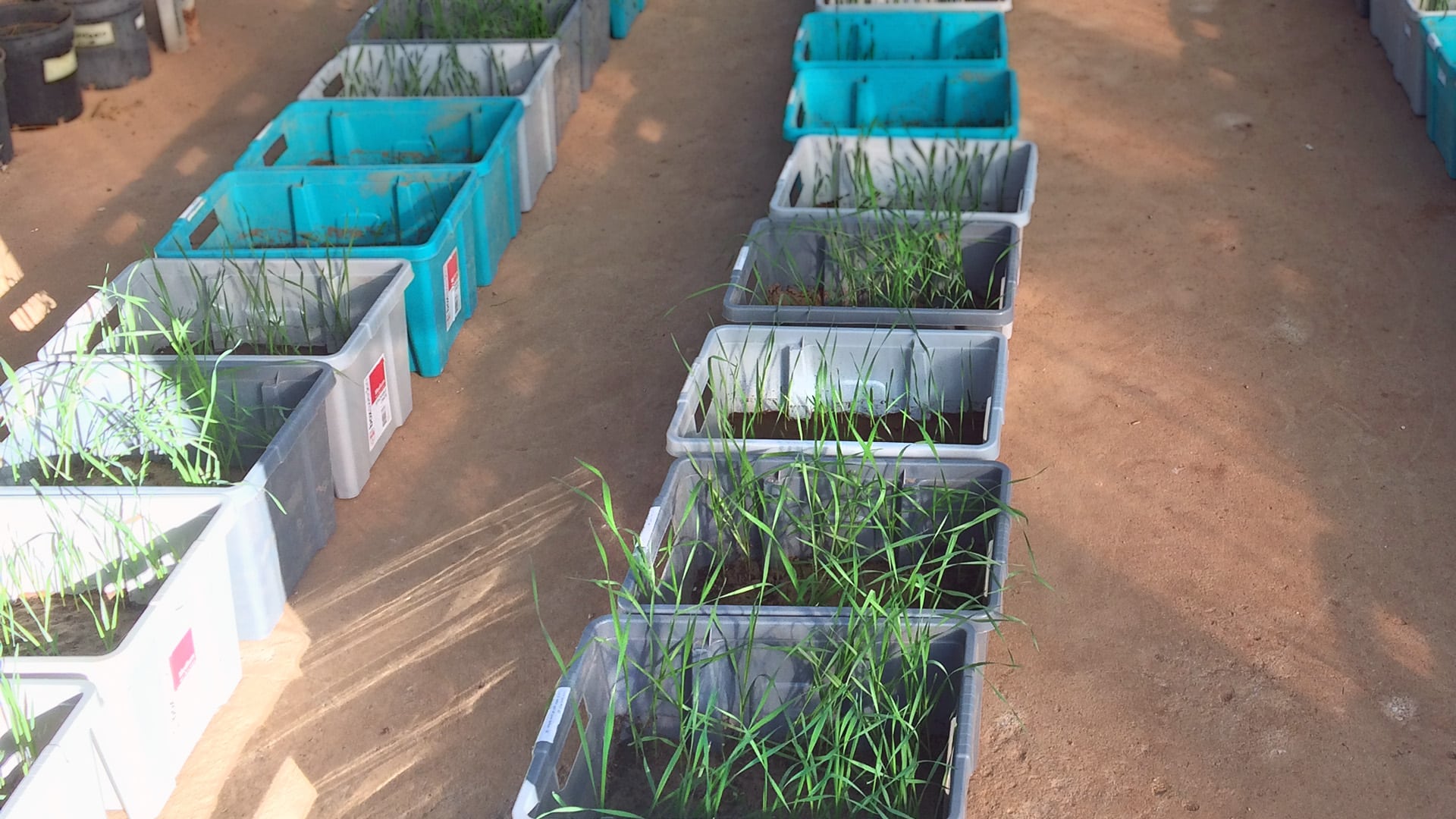
Summary
To determine the factors that affect successful establishment of dry sown crops, researchers conducted field and pot trials with wheat and barley grown in common red loam, grey calcareous and sandy soils of the upper Eyre Peninsula.
Seed was sown with common nitrogen (N) and phosphorus (P) fertilisers in a variety of combinations and applications, as well as several herbicides, fungicides and seed dressings.
Researchers found that soil has a significant effect on the establishment of dry sown crops, with red loam supporting higher establishment rates. Applying fertiliser below the seed delivered better results than fertiliser with seed.
Background
Large seeding programs and variable autumn rainfall make dry sowing an important strategy for many grain growers. Seeding conditions on the upper Eyre Peninsula in 2017 and 2018 meant seed was placed in the soil with limited moisture for many weeks. Some seed germinated but delayed emergence often resulted in lower rates of plant establishment. This raised questions about the factors that influence germination and establishment of dry-sown cereals.
Research Aims
The core objectives of the project were to:
- Assess the impact of soil type, fertiliser and placement on the establishment of dry sown wheat.
- Assess the impact of herbicides and seed dressings on the establishment of dry sown wheat.
In The Field
Trial sites were established with Razor CL Plus wheat sown at Minnipa on red loam soil and on sand. Sites were also sown on grey calcareous soils at Streaky Bay and Cungena.
To test the effect of different management options, additional trials were sown with wheat and Spartacus CL barley with a variety of fertiliser (P and N), herbicide and fungicide applications.
Fertiliser trials included DAP with or below the seed, MAP and urea with or below the seed, phosphoric acid with the seed and urea below, and a nil fertiliser control.
Dry crop establishment was compared with crops sown on the season break.
Rhizoctonia root disease was scored for each field trial at week 10, by sampling 20 plants at random and using a 0 – 5 diseases score. In 2020, the average infection score after dry seeding was 2.5 while the average for crops sown on the break was 2.8.
Pot experiments were conducted using soil collected from the field sites and dried. Fertiliser and seed were placed into the tubs and the tubs were placed in the glasshouse at Minnipa Agricultural Centre. The pot trials were used to assess various combinations, placements and rates of MAP, DAP and urea.
Results
Generally, dry sowing improved early dry matter production but not yields when compared to seeding on the break. Plant establishment was also consistently lower than the target, indicating higher seeding rates are needed for dry sowing.
Spartacus CL barley demonstrated better establishment and early dry matter production than wheat, making it a better dry sowing option.
Soil type was found to be an important factor, with the red loam trials achieving better establishment of dry sown crops, less variability with fertiliser placement and better yields than grey calcareous soils.
Plant establishment was improved by placing fertiliser 3cm below the seed in all scenarios, while applying urea with seed reduced establishment. When fertiliser is applied with seed, mono-ammonium phosphate (MAP 10:22) supported better plant establishment than di-ammonium phosphate (DAP 18:20).
Pre-emergent herbicides were more likely to impact emergence in sandy soils, due to greater soil movement from wind. However, most herbicide and fungicide treatments did not impact establishment rates in these trials.
Project Participants
SARDI (Minnipa Agricultural Centre): Amanda Cook, Neil King, Ian Richter, Craig Standley, Naomi Scholz, Nicole Baty
Growers: Myles and Kylie Tomney (Cungena), Luke Kelsh (Streaky Bay), Matthew Cook (Minnipa)
The Problem
Dry sowing is necessary in large cropping programs and seasons with a late break, but factors affecting crop establishment are not well understood.
The research
Field trials explored the effect of soil type and management strategies on germination and establishment when dry sowing on the upper Eyre Peninsula.
More information
Amanda Cook, Minnipa Agricultural Centre, SARDI
T: 08 8680 6217
E: [email protected]
Value for Growers
This project provides South Australian grain growers with valuable insights for successful early and dry sowing. This will help support productivity for large cropping programs and years with a late season break.
The information gained has been shared via the Eyre Peninsula Farming Systems Summaries and at the 2021 Minnipa Field Day. The research has also been extended through the SA Drought Hub ‘Best practice for early sowing opportunities’ project in collaboration with AIR EP.

